#historic women
Text






Tragic Women- Nefertiti’s Six Daughters
Though two of Nefertiti’s daughters would go on to be Great Royal Wives in their own right, their own stories have been largely lost to time and superseded by their mother’s legacy. Nefertiti, who exuded an unusual amount of power and influence during her own time, has become one of the most well-known and celebrated women of ancient Egypt. Her iconic bust is one of the most studied and copied pieces of art in the world and has become an icon of feminine beauty since its discovery. As a result, her daughters, four of which died very young due to the plague, have and continue to remain within the shadow of their mother’s vast legacy.
136 notes
·
View notes
Text
3 notes
·
View notes
Text


Jeanne Manford (December 4, 1920 - January 8, 2013)
Born in Queens NY, Jeanne graduated from Queens College in 1964, and for 26 years she was a elementary school math teacher.
In 1966, Jeanne’s oldest son had died, leaving her son Morty (15 at the time) depressed. He asked to see a therapist, one therapist, eventually telling the Manford parents their son was gay. Filled with support for her son, and fear for losing him, Jeanne and Jules sent Morty to live with their family friend, and gay activist himself, Ethan Geto.
Throughout the 70s, would campaign for gay rights with her husband and son. In April of 1972, Jeanne sent the following to the New York Post:
I am proud of my son, Morty Manford, and the hard work he has been doing in urging homosexuals to accept their feelings and not let the bigots and sick people take advantage of them in the ways they have done in the past and are continuing to do.
In ‘73, she and her husband formed POG (Parents of Gays) which eventually formed more chapters and was changed to PFLAG (Parents and Families/Friends of Lesbians And Gays)
In 2012, Jeanne was awarded the Presidential Citizens Medal by then President Obama for her efforts with PFLAG and as an ally for gay rights. On April 26, 2014, the City of New York named the section of 171st Street between 33rd and 35th Avenues “Jeanne, Jules, Morty Manford PFLAG Way” in their honor.
Happy birthday to Jeanne Manford. Thank you for contributing to history, and our rights as gay men and women.
You can learn more about Jeanne through the following links:
#i love women#loving women#women#loving womyn#celebrating women#herstorical women#herstory#women in herstory#women in history#womyn#jewish women in herstory#jewish women in history#historic women#historical women
5 notes
·
View notes
Text
I'm getting so sick of major female characters in historical media being incredibly feisty, outspoken and public defenders of women's rights with little to no realistic repercussions. Yes it feels like pandering, yes it's unrealistic and takes me out of the story, yes the dialogue almost always rings false - but beyond all that I think it does such a disservice to the women who lived during those periods. I'm not embarrassed of the women in history who didn't use every chance they had to Stick It To The Man. I'm not ashamed of women who were resigned to or enjoyed their lot in life. They weren't letting the side down by not having and representing modern gender ideals. It says a lot about how you view average ordinary women if the idea of one of your main characters behaving like one makes them seem lame and uninteresting to you.
#feminism#media criticism#this doesn't apply to media with large casts of female characters where one or the other is uncommonly outspoken or ahead of her time#and it is dealt with realistically in the setting#im not saying women in the past couldnt be wild and headtsrong and revolutionary#i just think treating it as an essential whenever a female love interest gets added to a historical story about some man is wearing
19K notes
·
View notes
Text
#Women#sufferage#Bartitsu#jiujitsu#judo#boxing#savate#cane fighting#cane self defense#martial arts#historic women#women martial artists
0 notes
Text
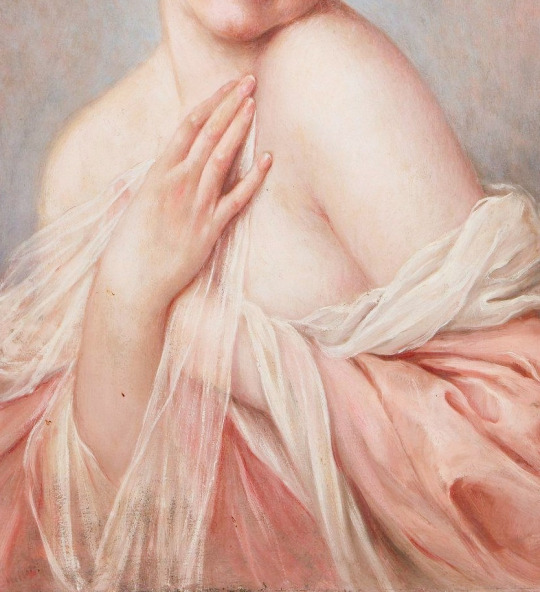

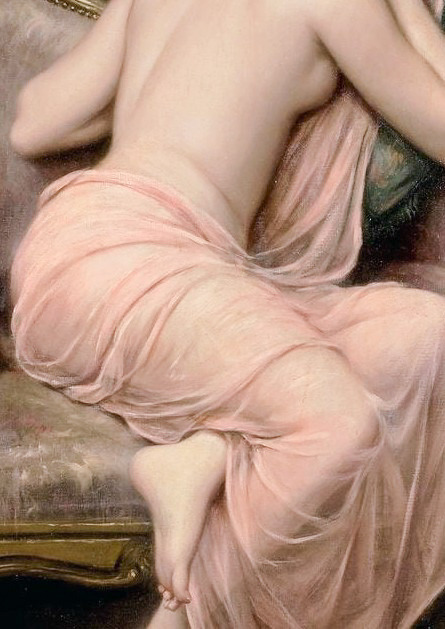
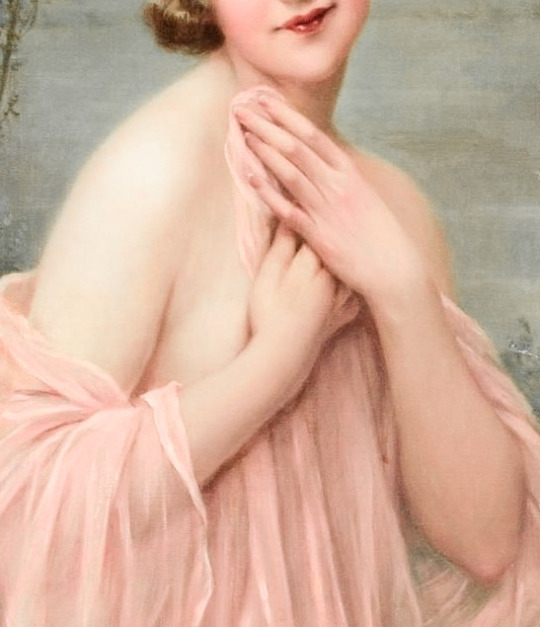
François Martin-Kavel & pink fabrics
French, 1861-1931
#art#painting#classical art#women in art#art detail#fine arts#art history#french art#François Martin-Kavel#pink aesthetic#pink#19th century art#19th century#fashion history#historical fashion#textiles#art lover#historical art#painting detail#light academia
7K notes
·
View notes
Text

all RIGHT:
Why You're Writing Medieval (and Medieval-Coded) Women Wrong: A RANT
(Or, For the Love of God, People, Stop Pretending Victorian Style Gender Roles Applied to All of History)
This is a problem I see alllll over the place - I'll be reading a medieval-coded book and the women will be told they aren't allowed to fight or learn or work, that they are only supposed to get married, keep house and have babies, &c &c.
If I point this out ppl will be like "yes but there was misogyny back then! women were treated terribly!" and OK. Stop right there.
By & large, what we as a culture think of as misogyny & patriarchy is the expression prevalent in Victorian times - not medieval. (And NO, this is not me blaming Victorians for their theme park version of "medieval history". This is me blaming 21st century people for being ignorant & refusing to do their homework).
Yes, there was misogyny in medieval times, but 1) in many ways it was actually markedly less severe than Victorian misogyny, tyvm - and 2) it was of a quite different type. (Disclaimer: I am speaking specifically of Frankish, Western European medieval women rather than those in other parts of the world. This applies to a lesser extent in Byzantium and I am still learning about women in the medieval Islamic world.)
So, here are the 2 vital things to remember about women when writing medieval or medieval-coded societies
FIRST. Where in Victorian times the primary axes of prejudice were gender and race - so that a male labourer had more rights than a female of the higher classes, and a middle class white man would be treated with more respect than an African or Indian dignitary - In medieval times, the primary axis of prejudice was, overwhelmingly, class. Thus, Frankish crusader knights arguably felt more solidarity with their Muslim opponents of knightly status, than they did their own peasants. Faith and age were also medieval axes of prejudice - children and young people were exploited ruthlessly, sent into war or marriage at 15 (boys) or 12 (girls). Gender was less important.
What this meant was that a medieval woman could expect - indeed demand - to be treated more or less the same way the men of her class were. Where no ancient legal obstacle existed, such as Salic law, a king's daughter could and did expect to rule, even after marriage.
Women of the knightly class could & did arm & fight - something that required a MASSIVE outlay of money, which was obviously at their discretion & disposal. See: Sichelgaita, Isabel de Conches, the unnamed women fighting in armour as knights during the Third Crusade, as recorded by Muslim chroniclers.
Tolkien's Eowyn is a great example of this medieval attitude to class trumping race: complaining that she's being told not to fight, she stresses her class: "I am of the house of Eorl & not a serving woman". She claims her rights, not as a woman, but as a member of the warrior class and the ruling family. Similarly in Renaissance Venice a doge protested the practice which saw 80% of noble women locked into convents for life: if these had been men they would have been "born to command & govern the world". Their class ought to have exempted them from discrimination on the basis of sex.
So, tip #1 for writing medieval women: remember that their class always outweighed their gender. They might be subordinate to the men within their own class, but not to those below.
SECOND. Whereas Victorians saw women's highest calling as marriage & children - the "angel in the house" ennobling & improving their men on a spiritual but rarely practical level - Medievals by contrast prized virginity/celibacy above marriage, seeing it as a way for women to transcend their sex. Often as nuns, saints, mystics; sometimes as warriors, queens, & ladies; always as businesswomen & merchants, women could & did forge their own paths in life
When Elizabeth I claimed to have "the heart & stomach of a king" & adopted the persona of the virgin queen, this was the norm she appealed to. Women could do things; they just had to prove they were Not Like Other Girls. By Elizabeth's time things were already changing: it was the Reformation that switched the ideal to marriage, & the Enlightenment that divorced femininity from reason, aggression & public life.
For more on this topic, read Katherine Hager's article "Endowed With Manly Courage: Medieval Perceptions of Women in Combat" on women who transcended gender to occupy a liminal space as warrior/virgin/saint.
So, tip #2: remember that for medieval women, wife and mother wasn't the ideal, virgin saint was the ideal. By proving yourself "not like other girls" you could gain significant autonomy & freedom.
Finally a bonus tip: if writing about medieval women, be sure to read writing on women's issues from the time so as to understand the terms in which these women spoke about & defended their ambitions. Start with Christine de Pisan.
I learned all this doing the reading for WATCHERS OF OUTREMER, my series of historical fantasy novels set in the medieval crusader states, which were dominated by strong medieval women! Book 5, THE HOUSE OF MOURNING (forthcoming 2023) will focus, to a greater extent than any other novel I've ever yet read or written, on the experience of women during the crusades - as warriors, captives, and political leaders. I can't wait to share it with you all!
#watchers of outremer#medieval history#the lady of kingdoms#the house of mourning#writing#writing fantasy#female characters#medieval women#eowyn#the lord of the rings#lotr#history#historical fiction#fantasy#writing tip#writing advice
29K notes
·
View notes
Text
Women's History Month // Wednesday Whatevers
Hello everyone, I hope you’re having a lovely morning, afternoon, or evening! I’m a woman. And proudly so. There have been times when I’ve not been so grateful, but I’ve grown in my love for femininity and being a woman over the years. So, I wanted to share with you some of my thoughts and even some mini history crash courses on some amazing women.
>> 8 Historic Women <<
1 || Boudica (30 AD –…
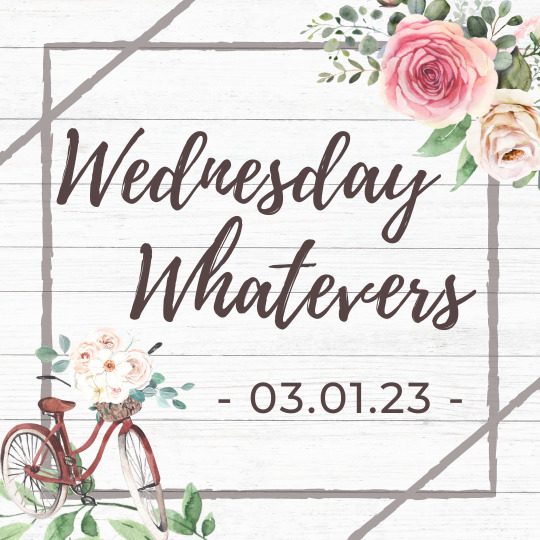
View On WordPress
#Biblical Women#callie#callie elizabeth#callie&039;s corner#Historic Women#Quotes About Women#Wednesday Whatevers#Women&039;s History#Women&039;s History Month#Women&039;s History Quotes
0 notes
Text
Of course, the burkini ban is messed up on grounds of religious freedom and racial discrimination. But also
Under any other circumstances, people would be HORRIFIED at a government mandate that women have to show a certain amount of skin. Like. That’s fucking dystopian, and the absolute opposite of feminism. If a government tried to pass a law that all women had to wear tube tops and miniskirts to go outside, people would rightfully be up in arms demanding blood
But because it’s targeting a marginalized religious group, many folks are lauding the blatant forced sexualization of women. Appalling
(apparently the ban also outlaws things like sun – protecting bathing suits if they cover too much skin. Which like. Yes, let’s give everyone skin cancer just so we can spite a religion we’ve decided to hate. Sounds like a good plan </s>)
#mini rant#Religious discrimination#misogyny#feminism#sexualizing women#islamophobia#I was just thinking about this in terms of the “women fought not to have to dress like this#that I’ve heard once or twice in reference to my own historically – inspired wardrobe#and how much I would absolutely hate it if someone tried to force me to show more skin in public#for me it’s an annoying comment here or there. For Muslim women in France it’s actual legal discrimination#I swear we’ve gone from people measuring flappers’ swimsuits on the beach#to make sure they covered enough. to police forcing women to strip#because they’re covering too much. We just can’t fucking win#especially women from marginalized racial or religious groups
4K notes
·
View notes
Text
biological differences between men and women are inherently neutral. they do not indicate male superiority over female people. to suggest so is inherently sexist. to complain when female sports cater to female anatomy - such as the smaller balls in the wnba because women tend to have smaller hands - is what sexists do. they want women to be forced to prove ourselves according to standards designed for men because they want to see us fail. it is sexist to argue that women who wish to compete on their own terms are pronouncing themselves as inferior. nobody said that but you. because you’re a sexist that hates women
#and beyond physical differences#there are long standing historical social inequities#that produce disparities between men and women that have nothing to do with anatomy#how we build both female and mixed sex spaces has to take these into account too#none of this means women are inferior#unless you hate women
4K notes
·
View notes
Text
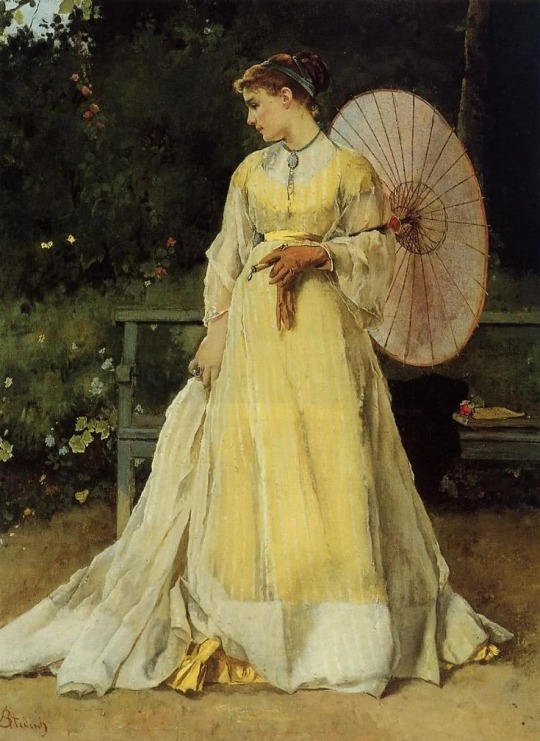
In the Country, Alfred Stevens. 1867.
#aesthetic#art#art history#victorian#victorian aesthetic#fashion#historical fashion#historical art#women in art#1860s gown#1860s fashion#1860s#1860s dress#yellow dress#yellow#yellow aesthetic#Victorian era#fashion history#history#women#women’s fashion#1860s art
1K notes
·
View notes
Text
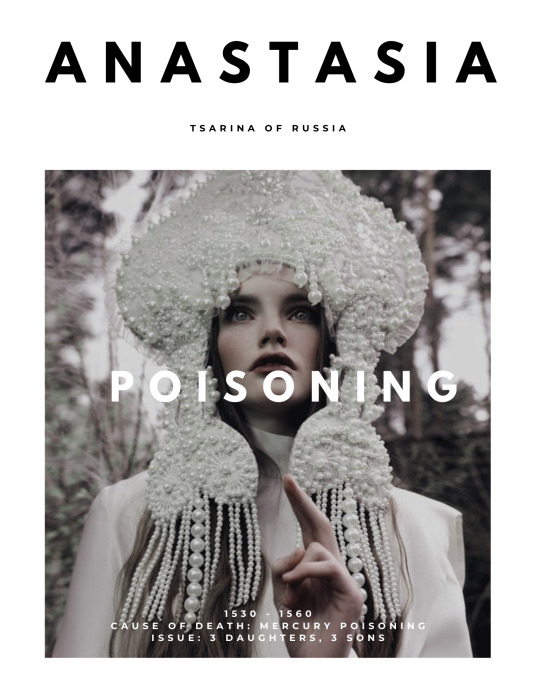


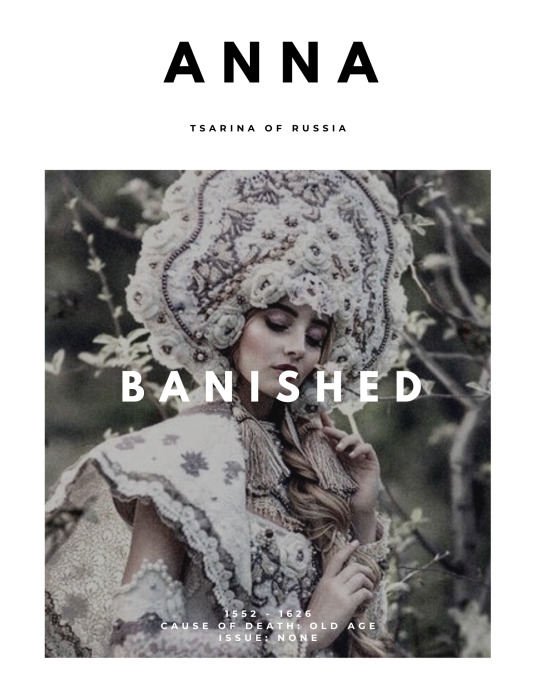
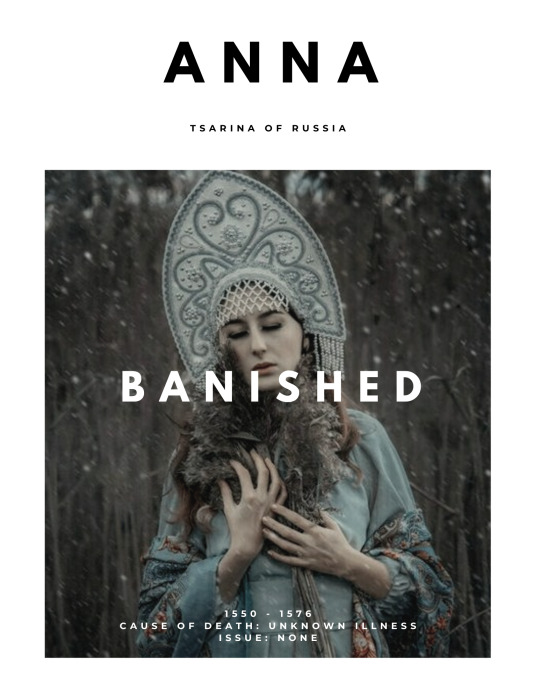
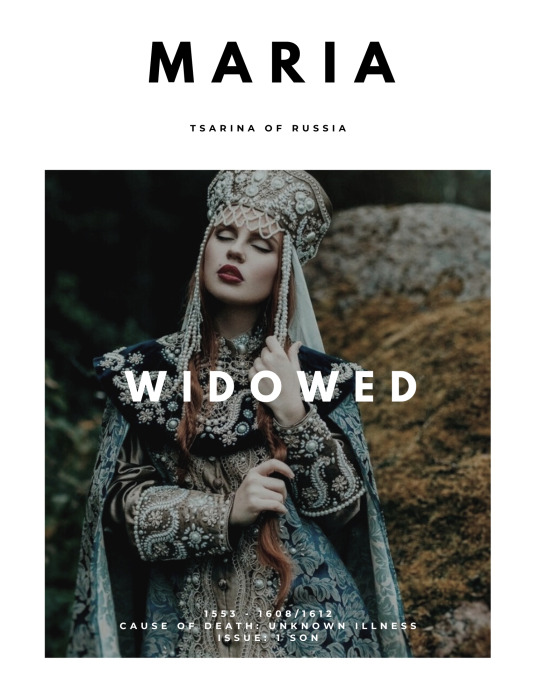
Tragic Women - Ivan the Terrible’s Wives
Ivan the Terrible was the infamous sixteenth-century ruler of the Duchy of Muscovy. He paradoxically was both an unhinged tyrant and the man who founded the Russian state. He is perhaps most well remembered for murdering his own son, with his depravity portrayed for all eternity in Ilya Repin’s painting of the ruler cradling his sons broken body in his arms. Yet little is known about his six official wives, many of whom had short, extremely tragic lives due to their association with him. Three wives were poisoned: one by Ivan’s rivals, one by his own hand, and one by her own mother. Two others were forcibly imprisoned and banished to nunneries. His final wife, Maria, was incarcerated after his death and her only son was likely murdered as a part of a power struggle.
#historicwomendaily#historic women#russian history#weloveperioddrama#ivan the terrible#1500s#my aesthetic post
128 notes
·
View notes
Photo

Two Young Women Kissing (1790s) by Louis-Léopold Boilly.
#art#art history#arthistory#painting#oil painting#oil paintings#classical paintings#classical art#classic art#fine art#renaissance#baroque#dark academia#light academia#dark aesthetic#academic art#historical painting#two young women kissing#louis-léopold boilly
9K notes
·
View notes
Text

in hills made of coarse earth and honey🏺
✦ find me on instagram @the.flightless.artist ✦
#art#illustration#digital art#drawing#digital illustration#procreate app#digital drawing#digital artist#procreate art#ipad pro#ancient greece#ancient greek art#historical illustration#historical aesthetic#historic fiction#greek aesthetic#oh to be them#greek women#women in art#female friendship
638 notes
·
View notes
Photo
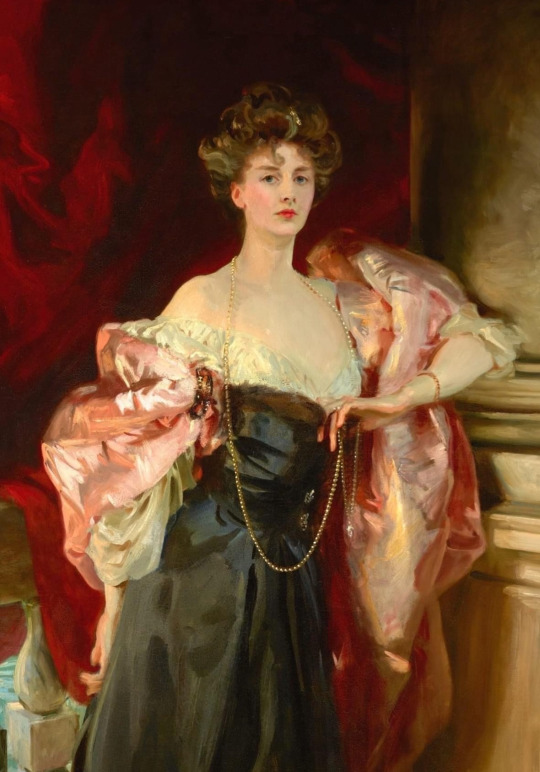

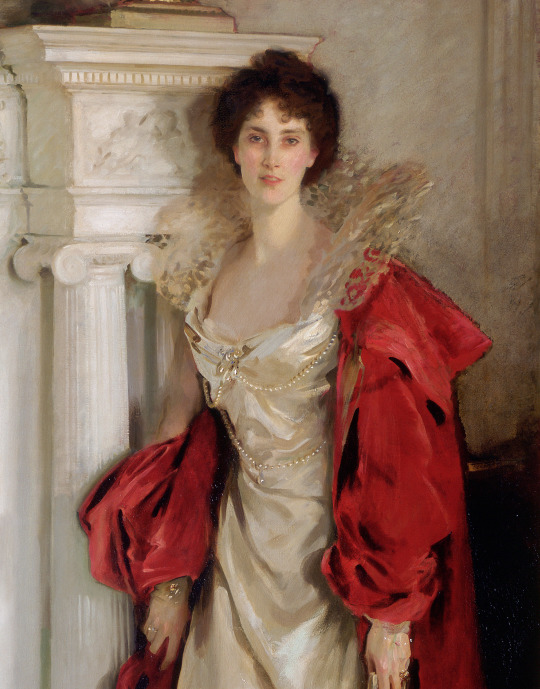



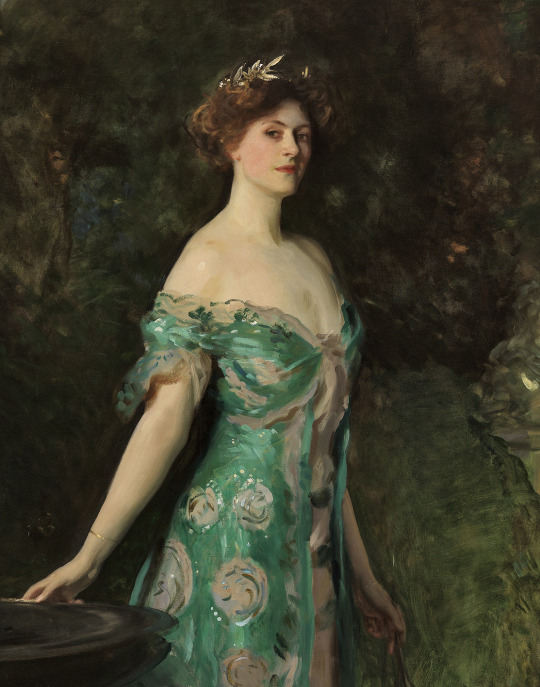


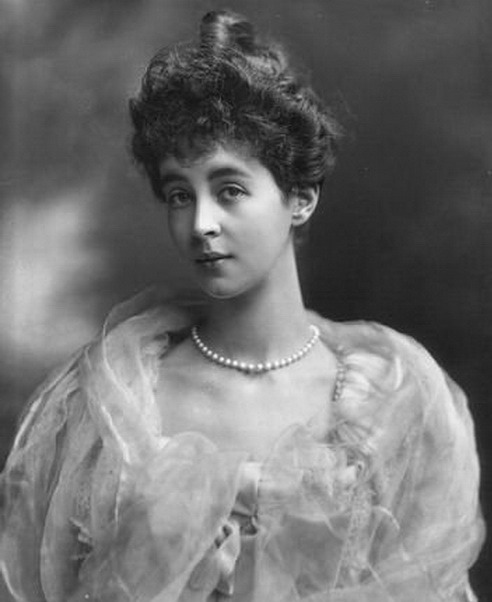
Some well known aristocratic beauties of the late Victorian and the Edwardian era as depicted by John Singer Sargent and in photography
Lady Helen Vincent, Viscountess D'Abernon (1904) // Winifred, Duchess of Portland (1902) // Lady Agnew of Lochnaw (1892) // Millicent, Duchess of Sutherland (1904) // Consuelo Vanderbilt in The Marlborough Family (1904/05)
#john singer sargent#historicwomendaily#women in art#art history#art comparison#edwardian era#edwardian#19th century#20th century#art#classical art#vintage#photography#beauty#fashion#beautiful women in history#the gilded age#the belle epoque#historical fashion#women in history#hulderposts#female beauty in art#art comparisons#history crushes#lady helen vincent#helen vincent#winifred duchess of portland#lady agnew of lochnaw#millicent duchess of sutherland#consuelo vanderbilt
6K notes
·
View notes
Text
Museum: "We're going to have an exciting new exhibition featuring the works of Paul Gauguin!"
Me: "You mean the painter who raped 3 indigenous girls aged 13 - 14, then abandoned them once they had children, and gave them syphilis? That Gauguin?"
Museum: "Look, you can't create controversy by trying to apply modern sensibilities and current social norms on the past. It was a different time and we need to look at it through a purely factual, historical lens, with no extrapolation."
Also museum: "hey look these female warriors we're buried with SWORDS they must have been TRANS"
Me: "wait-"
Also museum: "these famous female authors wore MENS CLOTHES, and talked about their discomfort with rigid gender roles! We're going to refer to them with non-binary pronouns because they could have been trans WITHOUT HAVING THE WORDS FOR IT"
Me: hang on -
#historical revisionism#radblr#radical feminism#feminism#terfblr#When women and children are hurt we need to not think about it or discuss it#Not extrapolate based on modern sensibilities#If historical women did anything outside of the rigid gender roles EXTRAPOLATE AWAY FRIENDS
824 notes
·
View notes